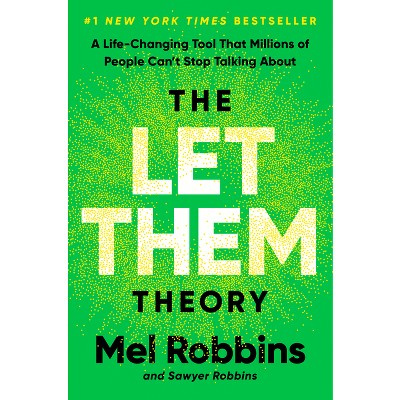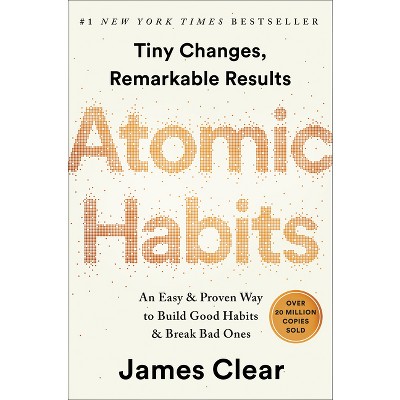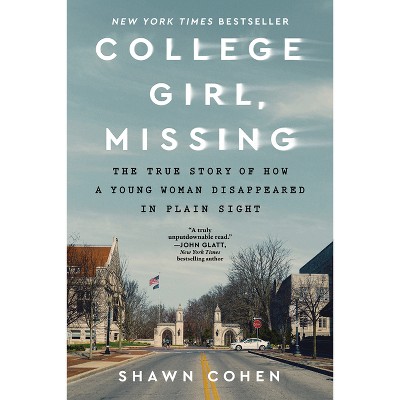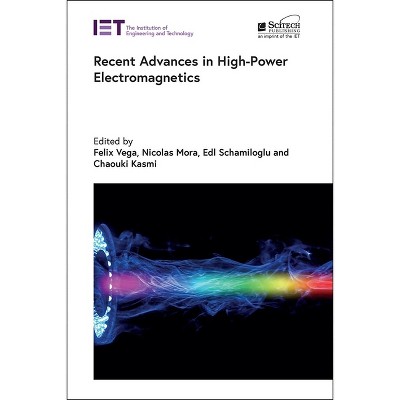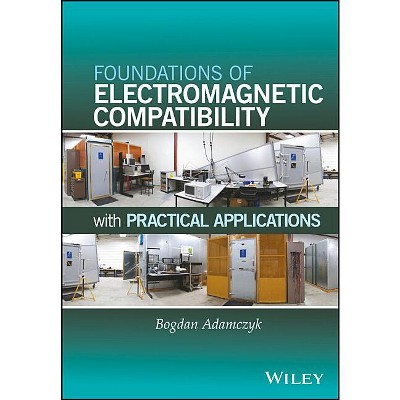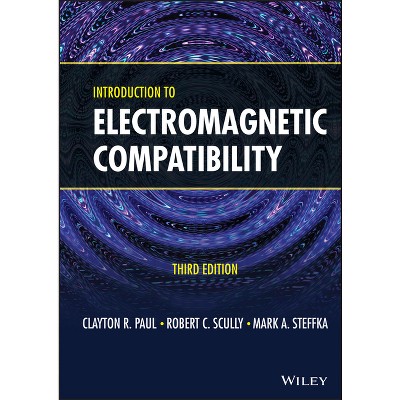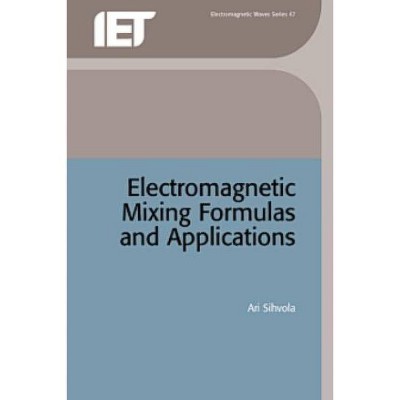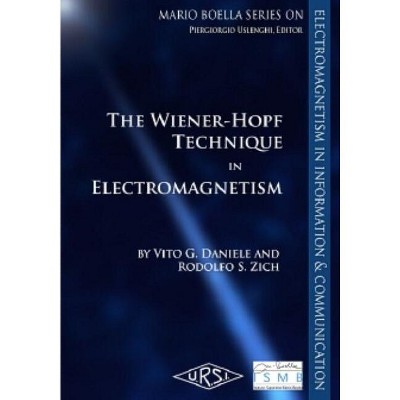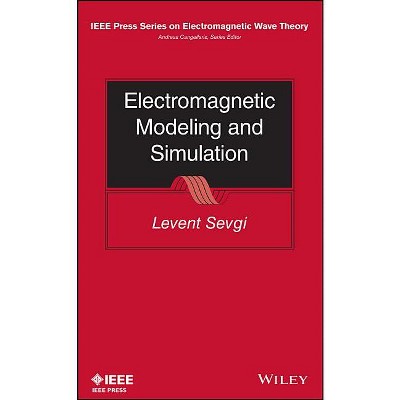About this item
Highlights
- Addresses the importance of EM wave absorbers and details pertinent theory, design, and applications Demands for various EM-wave absorbers are rapidly increasing along with recent trends toward complicated electromagnetic environments and development of higher-frequency communication equipment, including AI technology.
- About the Author: YOUJI KOTSUKA, PHD, is a professor emeritus of Telecommunication Engineering at Tokai University, Tokyo, and a visiting professor at Harvard University, Cambridge, from 1995 to 1996.
- 336 Pages
- Science, Physics
Description
About the Book
"Provides detailed explanations of basic theory and applied theory for understanding EM-wave absorbers -Discusses the material constant measurement methods of EM-wave absorption characteristics that are necessary for designing the EM-wave absorber -Includes examples of EM-wave absorber configurations In recent years, along with increases in various kinds of demands on communication systems, the communication environment has become more and more complicated. As a result, the introduction of EM-wave absorbers is required in each technical field, especially from the viewpoint of preventing interference and mutual interaction. Demands for various EM-wave absorbers are rapidly increasing along with the recent trends towards complicated electromagnetic environments and development of higher-frequency communication equipment. Further, the rapid progress of recent artificial intelligence (AI) technology is now remarkable. With its rapid progress the need of electrical controllable EM-wave absorbers is being realized"--Book Synopsis
Addresses the importance of EM wave absorbers and details pertinent theory, design, and applications
Demands for various EM-wave absorbers are rapidly increasing along with recent trends toward complicated electromagnetic environments and development of higher-frequency communication equipment, including AI technology. This book provides a broad perspective on electromagnetic wave absorbers, as well as discussion of specific types of absorbers, their advantages and disadvantages, their applications, and performance verification.
Electromagnetic Wave Absorbers: Detailed Theories and Applications presents the theory behind wave absorbers and their practical usage in design of EM-wave absorber necessary particularly for EMC environments, and similar applications. The first half of the book contains the foundations of electromagnetic wave engineering, specifically the transmission line theories necessary for EM-wave absorber analysis, the basic knowledge of reflection, transmission, and absorption of electromagnetic waves, derivation of Maxwell's equations and computer analysis. The second half describes special mediums, absorber application examples, simplified methods of absorber design, autonomously controllable EM-wave absorber, and more. This valuable text:
- Provides detailed explanations of basic theory and applied theory for understanding EM-wave absorbers
- Discusses the material constant measurement methods of EM-wave absorption characteristics that are necessary for designing EM-wave absorbers
- Includes examples of novel EM-wave absorber configurations
Electromagnetic Wave Absorbers: Detailed Theories and Applications is an ideal read for researchers and students concerned with electromagnetic wave engineering. It will also appeal to computer software engineers and electromagnetic field theory researchers.
From the Back Cover
ADDRESSES THE IMPORTANCE OF EM WAVE ABSORBERS AND DETAILS PERTINENT THEORY, DESIGN, AND APPLICATIONS
Demands for various EM-wave absorbers are rapidly increasing along with recent trends toward complicated electromagnetic environments and development of higher-frequency communication equipment, including AI technology. This book provides a broad perspective on electromagnetic wave absorbers, as well as discussion of specific types of absorbers, their advantages and disadvantages, their applications, and performance verification.
Electromagnetic Wave Absorbers: Detailed Theories and Applications presents the theory behind wave absorbers and their practical usage in design of EM-wave absorber necessary particularly for EMC environments, and similar applications. The first half of the book contains the foundations of electromagnetic wave engineering, specifically the transmission line theories necessary for EM-wave absorber analysis, the basic knowledge of reflection, transmission, and absorption of electromagnetic waves, derivation of Maxwell's equations and computer analysis. The second half describes special mediums, absorber application examples, simplified methods of absorber design, autonomously controllable EM-wave absorber, and more. This valuable text:
- Provides detailed explanations of basic theory and applied theory for understanding EM-wave absorbers
- Discusses the material constant measurement methods of EM-wave absorption characteristics that are necessary for designing EM-wave absorbers
- Includes examples of novel EM-wave absorber configurations
Electromagnetic Wave Absorbers: Detailed Theories and Applications is an ideal read for researchers and students concerned with electromagnetic wave engineering. It will also appeal to computer software engineers and electromagnetic field theory researchers.
About the Author
YOUJI KOTSUKA, PHD, is a professor emeritus of Telecommunication Engineering at Tokai University, Tokyo, and a visiting professor at Harvard University, Cambridge, from 1995 to 1996. He has served as chair of the committees on Biological Effect of EM-waves and Medical Application and Measurement Technic in the Institute of Electrical Engineering Japan (IEE). He is a chair of the Japan Technical Committee on EMC in the Institute of Electronics, Information and Communication Engineers (IEICE). He is also a chair in IEEE-EMC, Japan Chapter. He is a co-editor of the November 2000 special issue on Medical Applications and Biological Effect of RF/ Microwaves, part of IEEE Transactions on Microwave Theory and Techniques. He has authored and co-authored books such as EMC Handbook and the Wiley title RF/Microwave Interaction with Biological Tissues.

